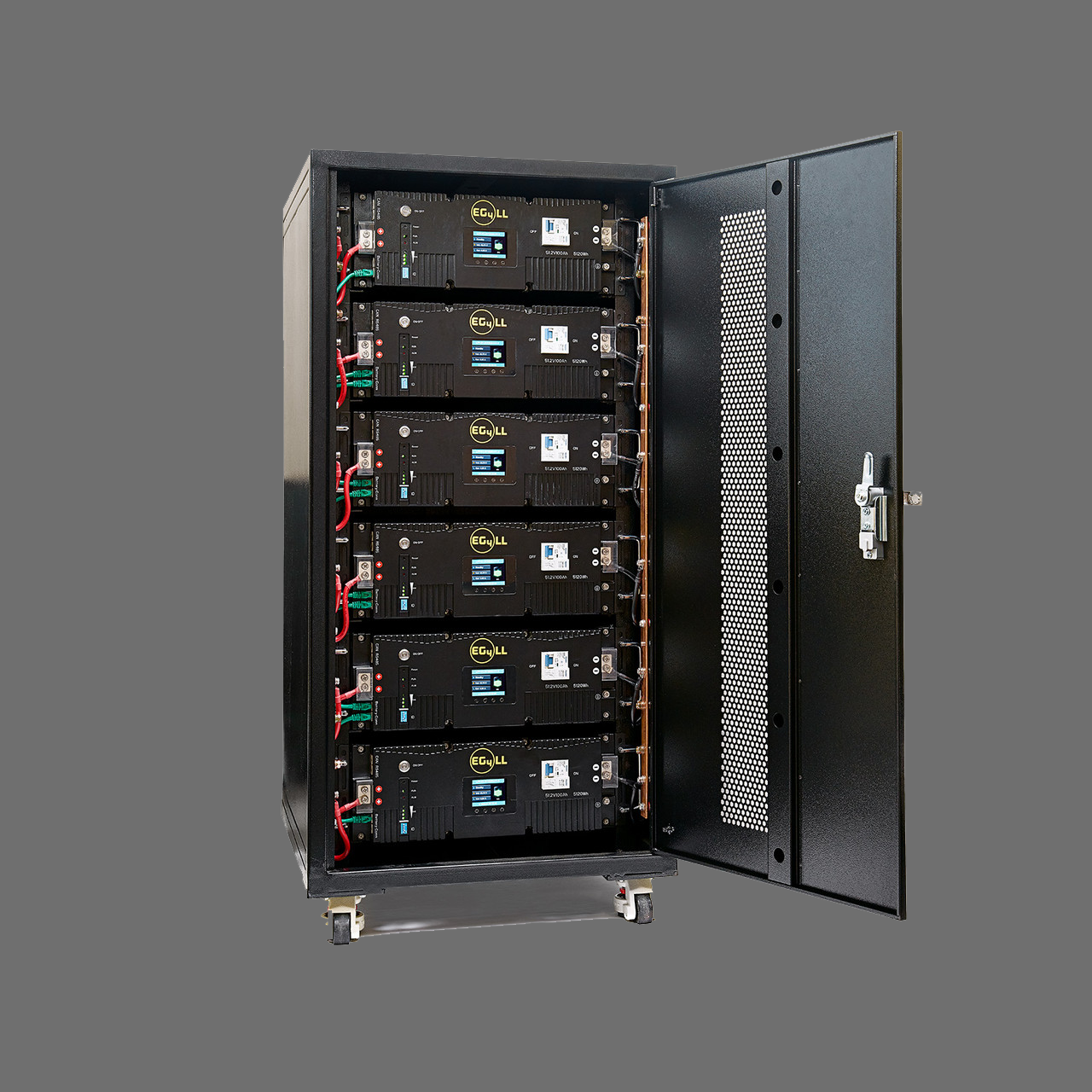Data Driven Design
The 3 Sides of Solar
-

Energy Storage
“How many batteries do I need” is probably the most frequent question we get. We simply don’t know without data. While it is important to know how much power was used, it's almost more important to know when it was used if aiming to be 100% self sufficient. A household with 10 people that goes down with the sun will need less battery power than a working family of 2 that does all their cooking and laundry at night.
-

Power Generation
Generating power is the easiest part to calculate. Once we know how much energy is being used per day, we know our minimum for how much we need to generate, regardless of when it is used. This is usually the cheapest part and the best opportunity for overkill. Having extra generation allows a system to power through the cloudy days without issue.
-

Inverters & Power VS Energy
kilowatts (kW) vs kilowatt-hours (kWh)
Definitely the most common misunderstanding in electricity. In short, power (W) is instantaneous, while energy (kWh) accumulates over time. It’s easiest to think of it like a water hose: power is the flow rate of water (gallons per minute), while energy is the total amount of water delivered over time (gallons used). Inverters are rated by the amount of power they can make at any one instance.
How we design
In an ideal world, we have the data we need to design everything accurately from the very beginning. This is easiest if a customer has the new meter from Hawaiian Electric. It breaks down power consumption into 15 minute intervals. While this will not tell us the peak power consumption at any single moment, it will let us approximate it. Then combined with knowledge of the customer’s electric appliances a much clearer picture of how the energy is used appears. In the attached graph, once analyzing the data, we found the water heater was doing most of its heating at midnight and 4am when no one is using it. This meant, unless corrected, we would need more battery power than needed for a relatively small power demand household.
Our approach of Data Driven Design means every job is not only custom fit to the end user, but optimized for a transition to living off-grid.
To make your own copy of our BAMF Power Analysis Tool sheet, click the button below. Then click file->make a copy.
BAMF Level Power
Optimizing for off-grid is all well and good. But what if a customer likes to take 45-minute steaming hot showers while doing laundry and baking a midnight delight in the oven, all at 2am?
This is our specialty! Just because you want to live green and independent of grid doesn’t mean you cant also enjoy the finer things in life. With our approach, it’s all just numbers. And we love numbers! (Warning: Numbers and math ahead)
First we add up how much instantaneous power we need to make to run this middle of the night madness. In our example, lets assume everything is electric. Water Heater (tank), Oven, and cloths dryer all draw about 5000w each. The rest of the house will draw maybe 1000w. So our inverters need to be able to make 16kw. Since this is above the 12kw mark, it will be a parallel inverter system at minimum. Just having 2 of power larger inverters can make up to 24kw of power so plenty of headroom still.
It will take at least 3 of our large indoor wall-mount batteries to fully power those 2 inverters at full power should they ever need it. This will be 42kwh of battery capacity. Lets say this theoretical hour of power only lasted one hour. That would be 16kwh used or 39% of our total battery capacity. Even if the house used 1000w of power every other hour of the night from sun down to sun up it would be about another 15kwh of battery, totaling 31/42kwh used. leaving us about 25% left in the morning. Lower than I’d like but this was a weird night. Now we need to recharge that power.
We now need to charge up 31kwh of battery on top of what we will use during the day. Let’s aim for being charged up by 1pm as well, to make sure we can charge up on cloudy days. I will ball-park this at 4 hours of charging, or 8kW for 4 hours. Lets use 460w panels for this system. So we need 17 panels at minimum. Since we can fit 10 panels in each array, we will round it off to 20. This is a small number of panels for a system this large. I would recommend adding at least another array of panels in this situation to help with clouds, winter, vog, and degradation over time. The overall additional cost will be small compared to the gains of additional power generation.
So we ended up at 2 inverters, 3 batteries, and 30 panels. If this sounds like something you’d be interest in, check out our bundles.

